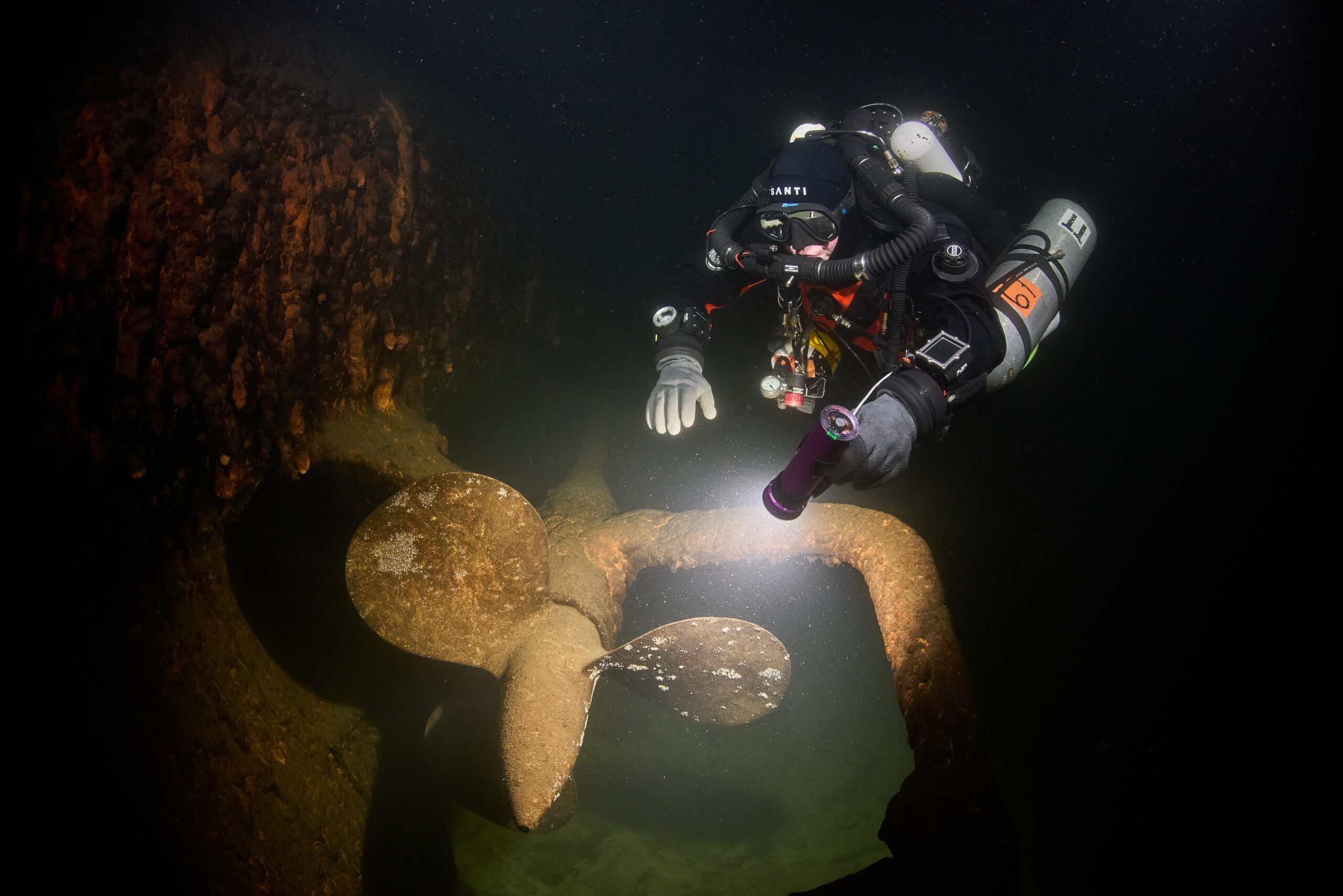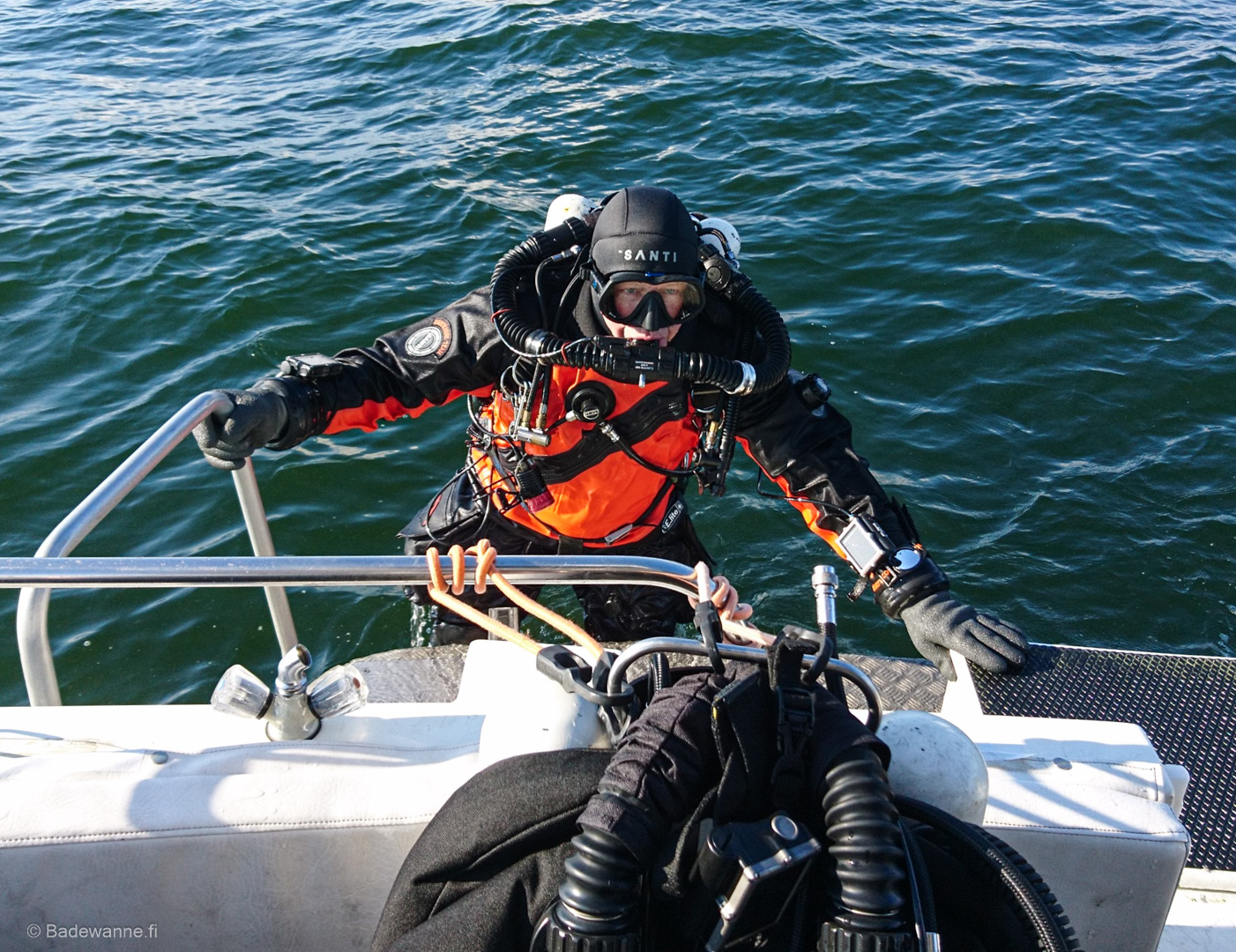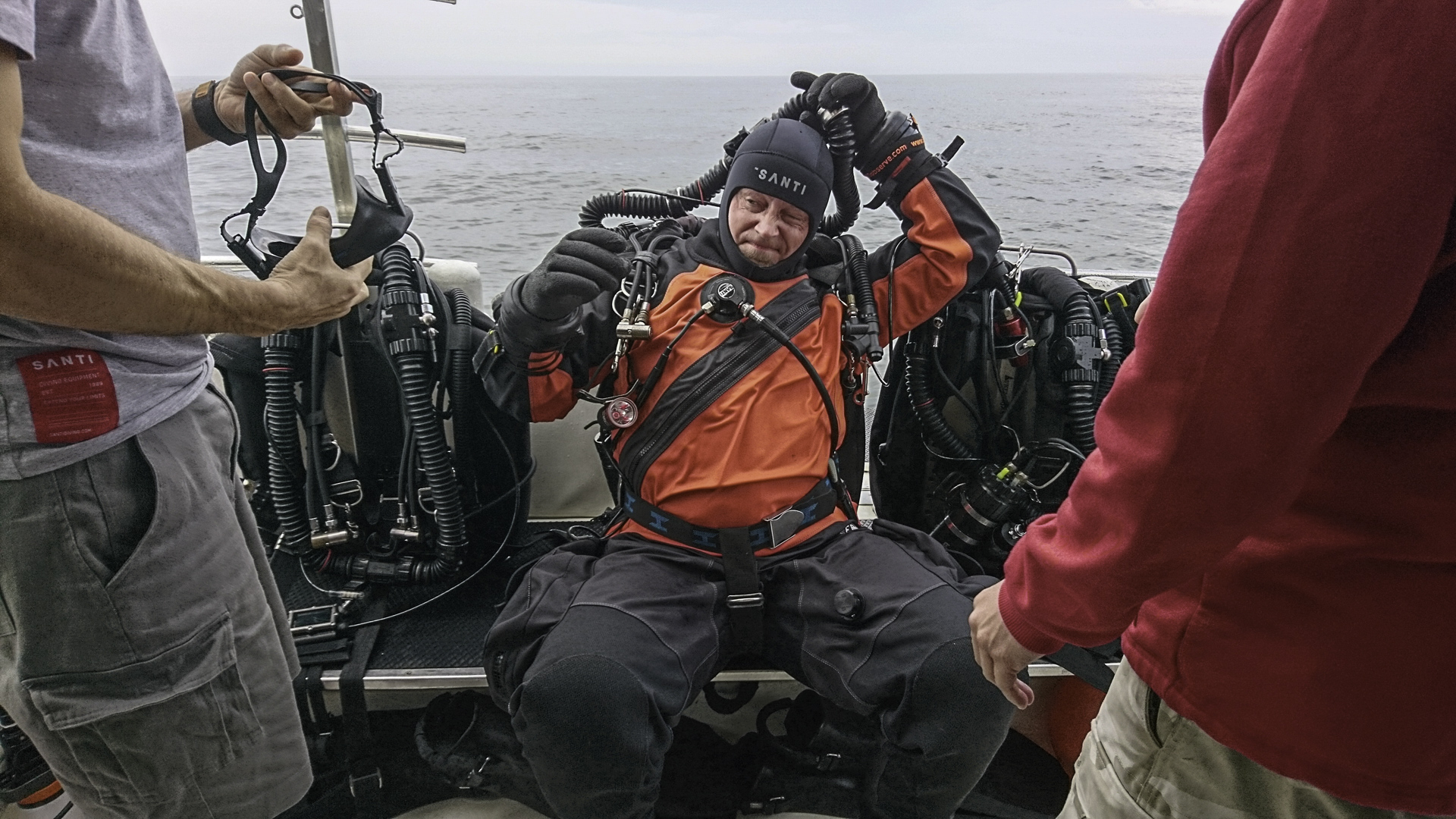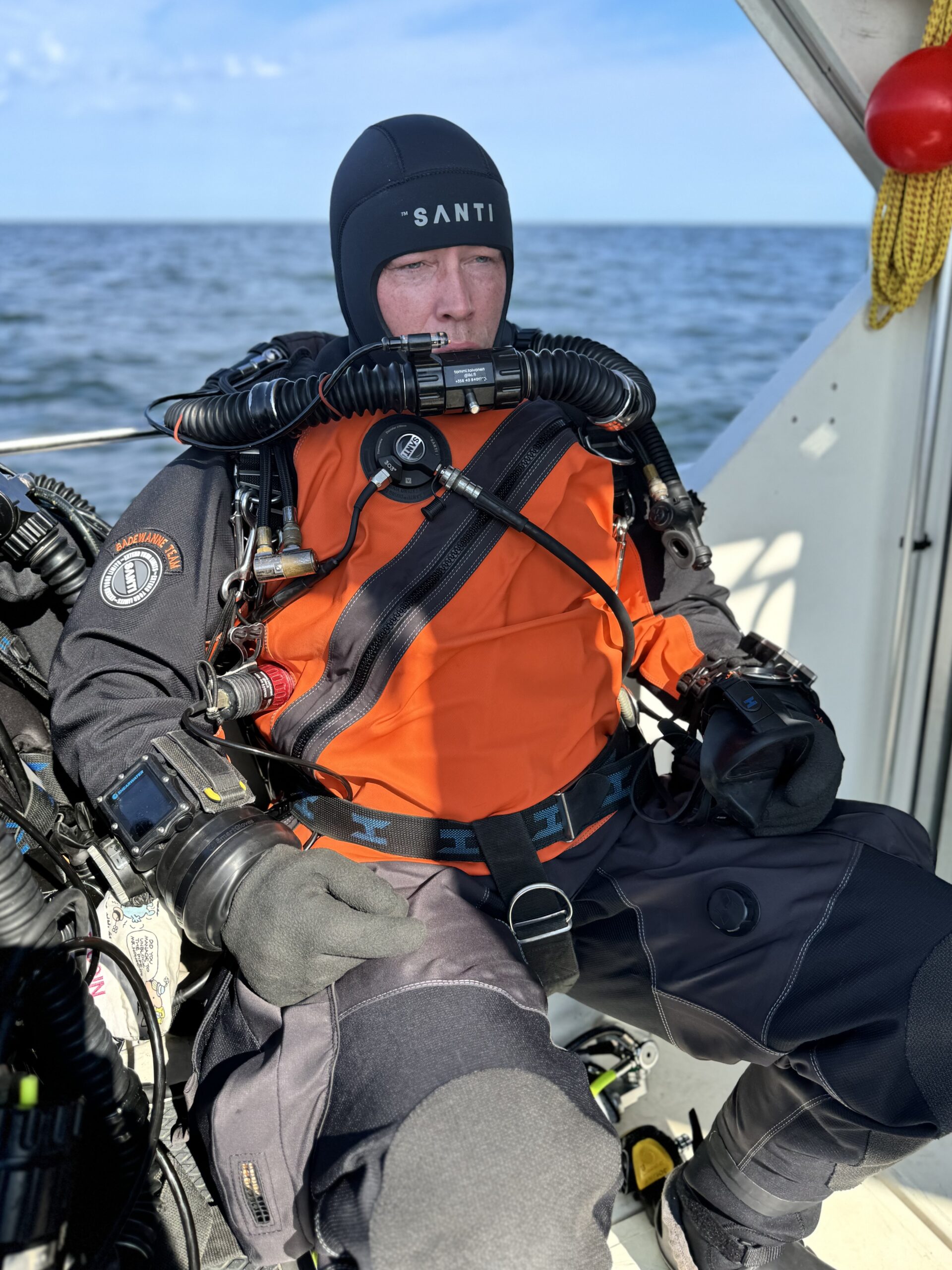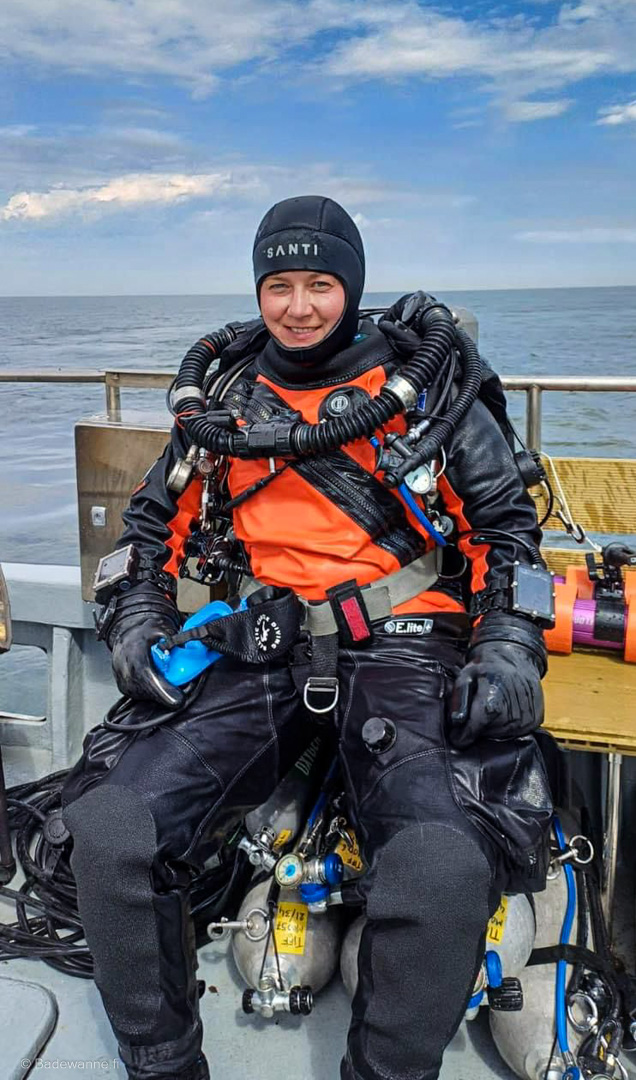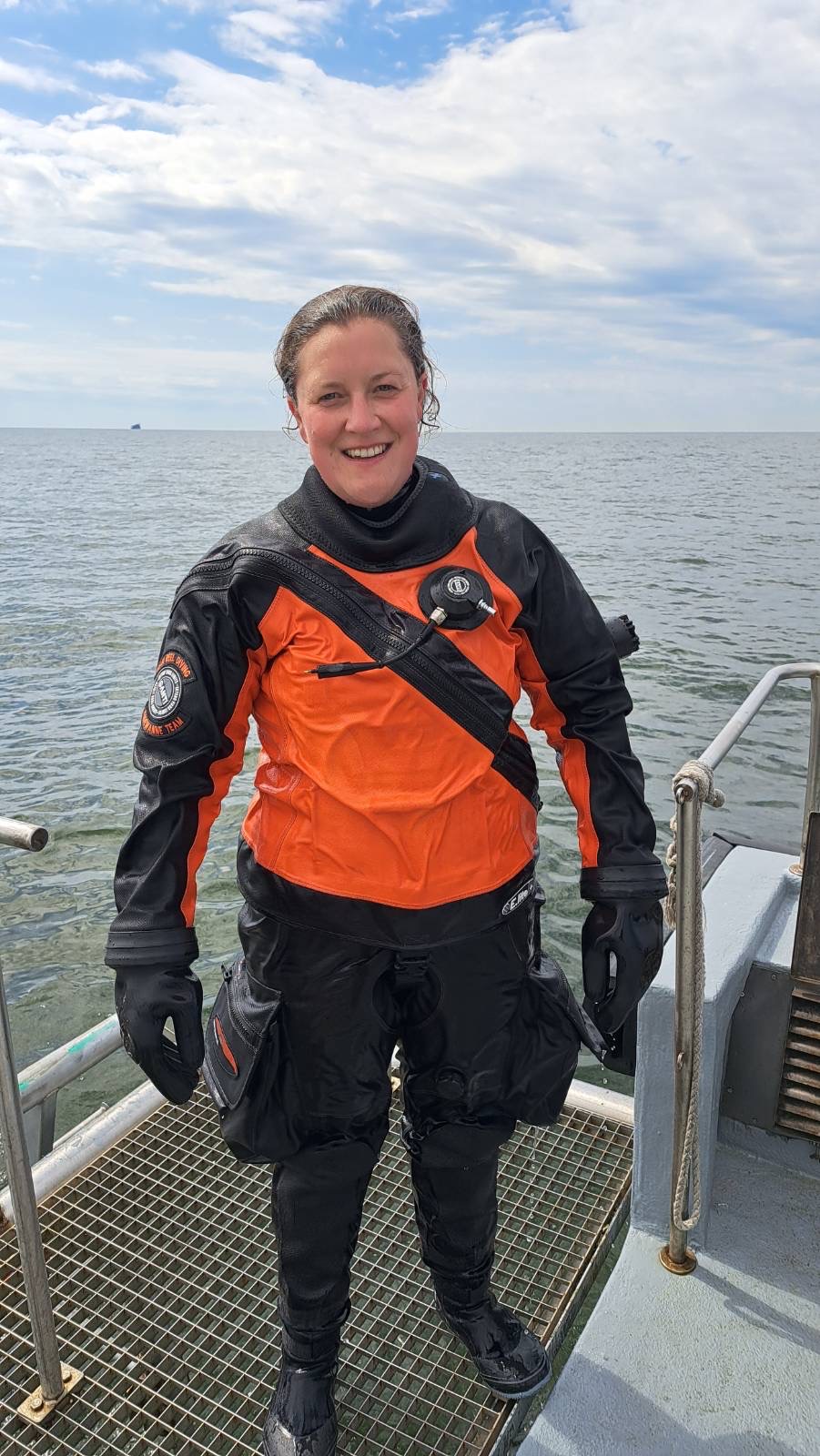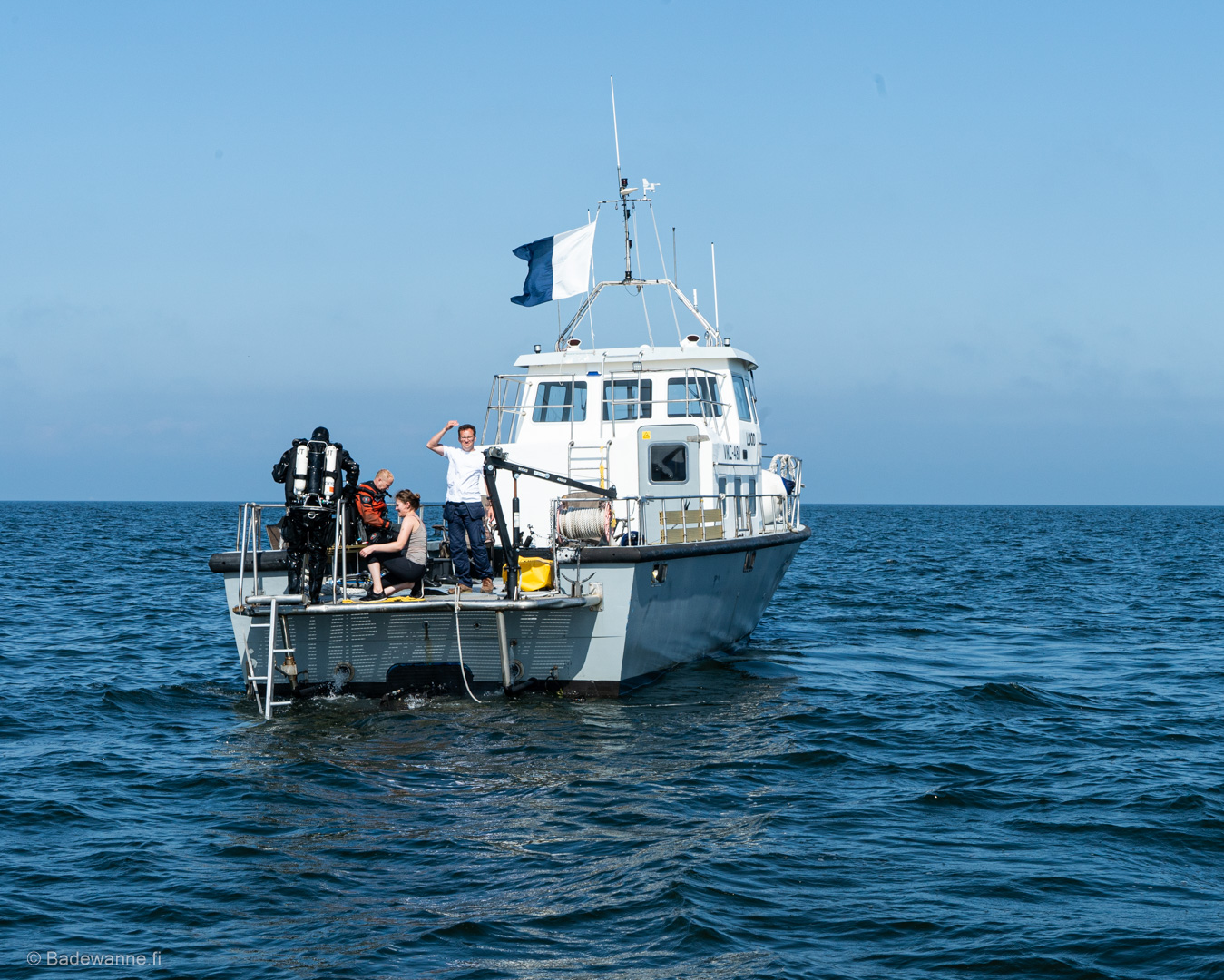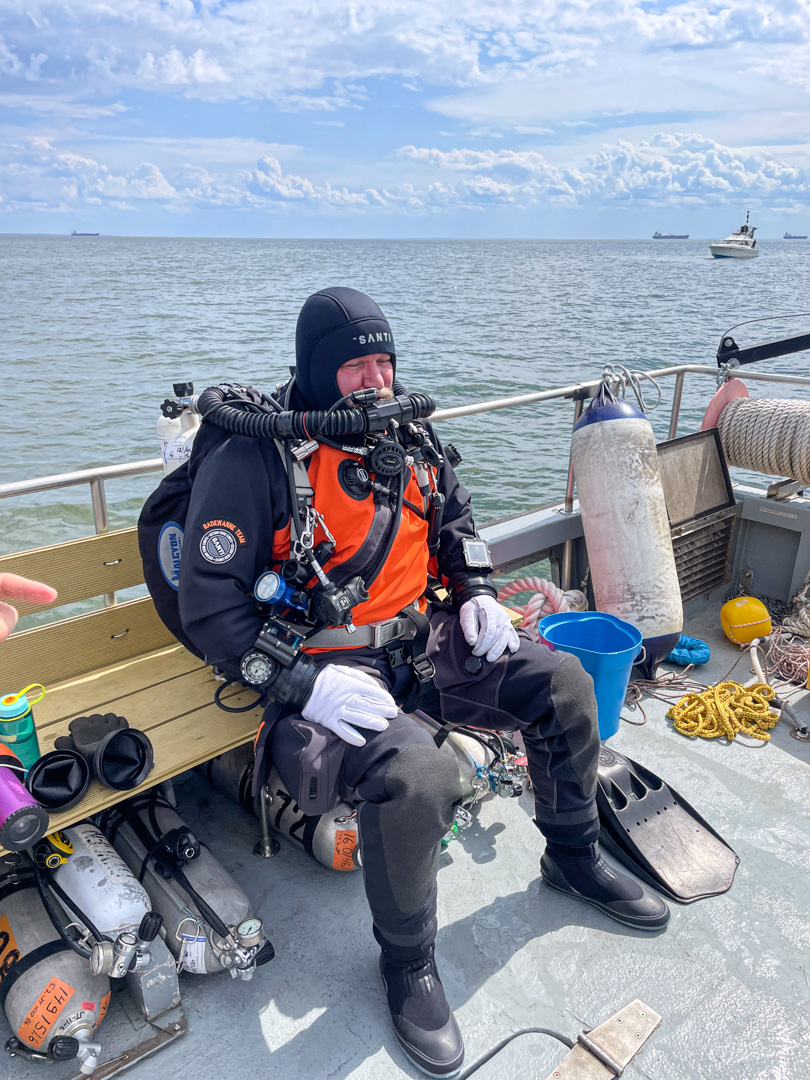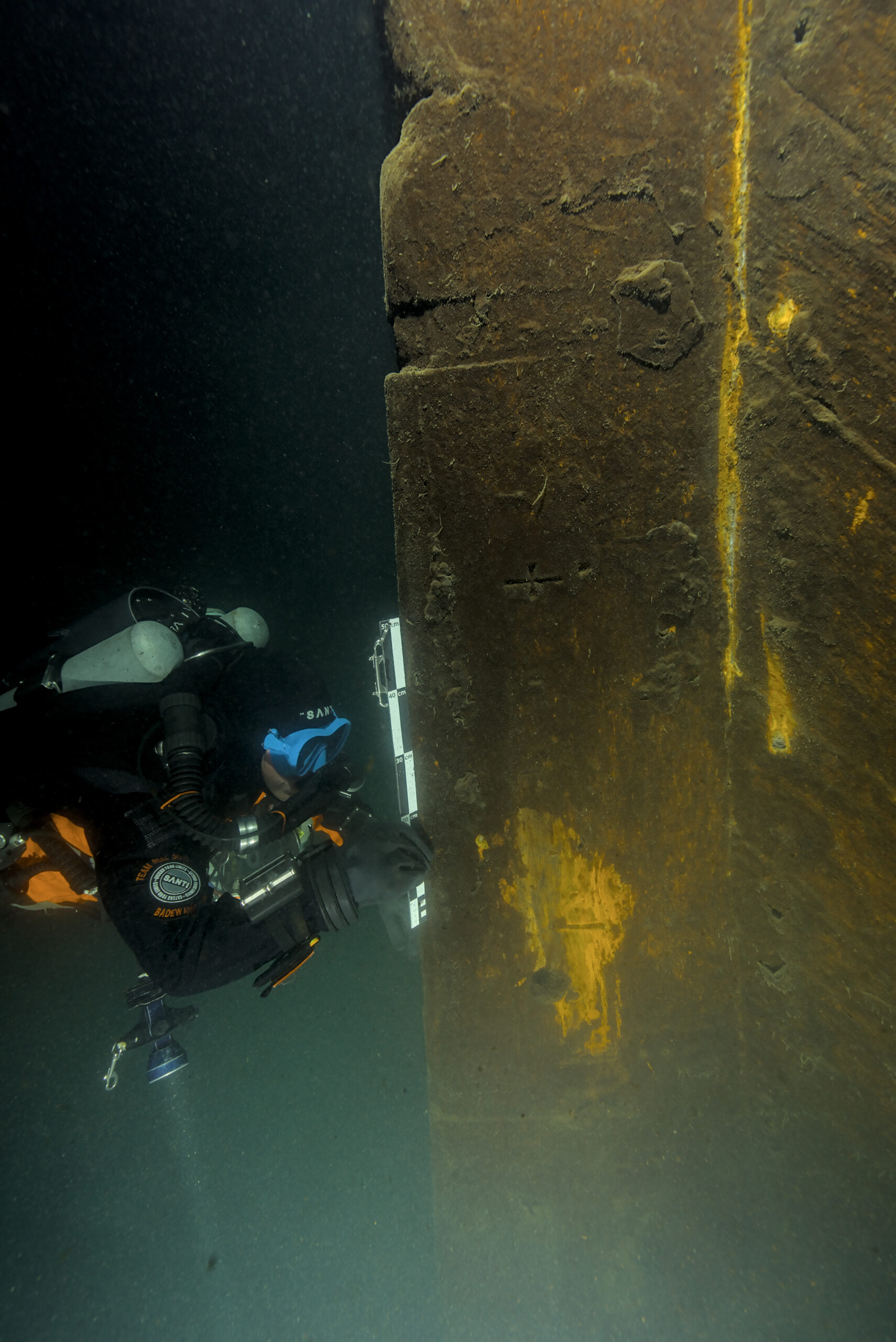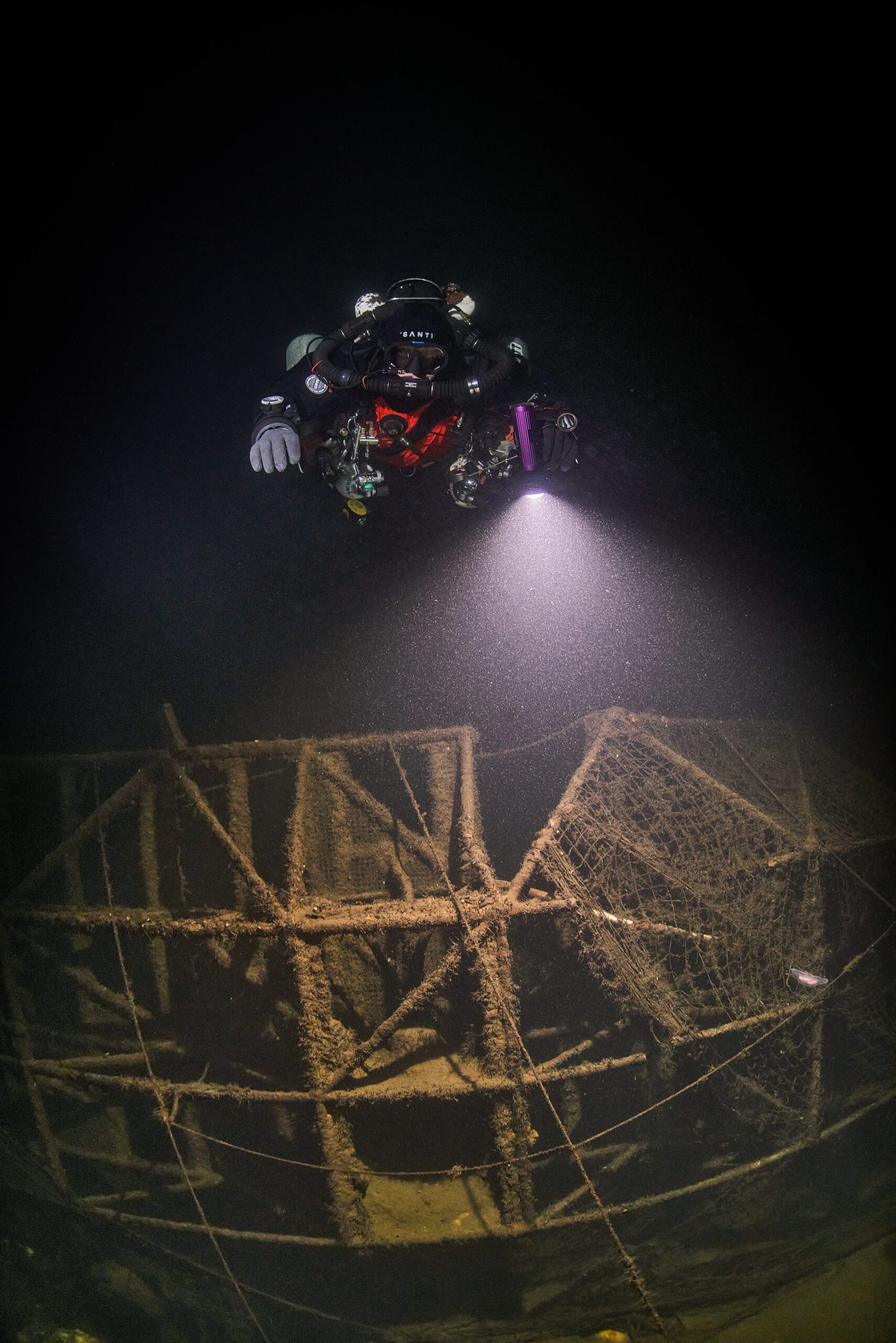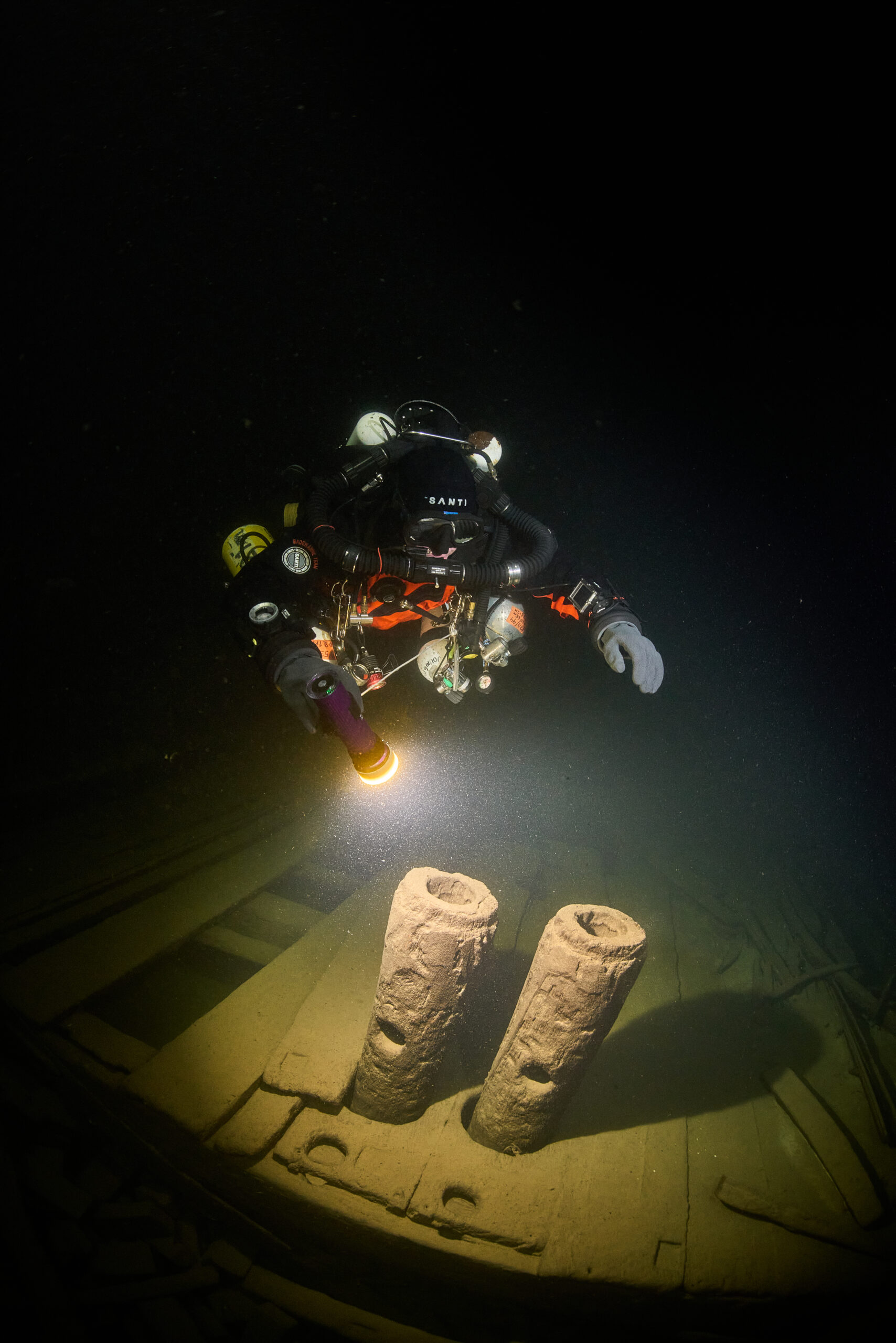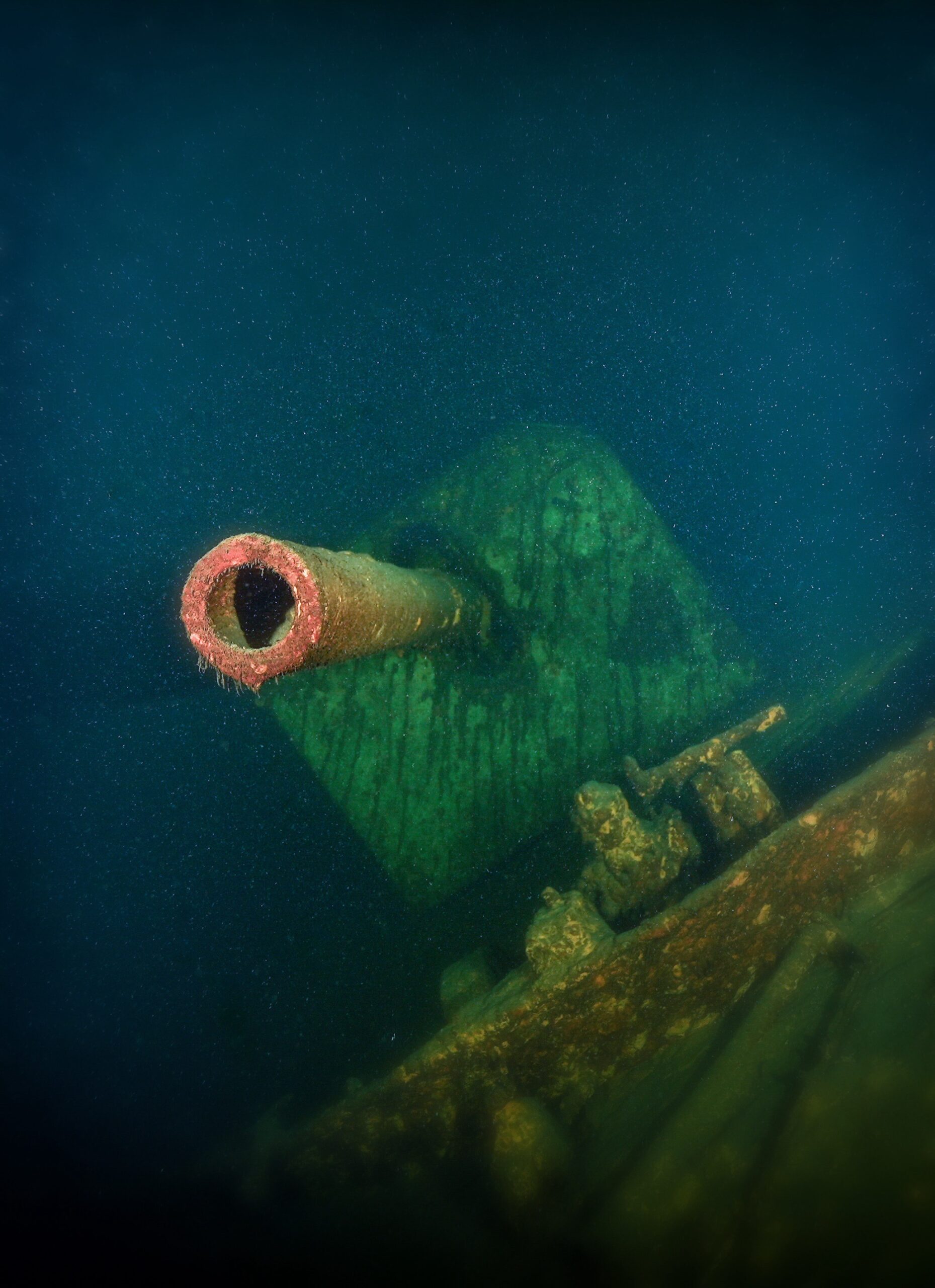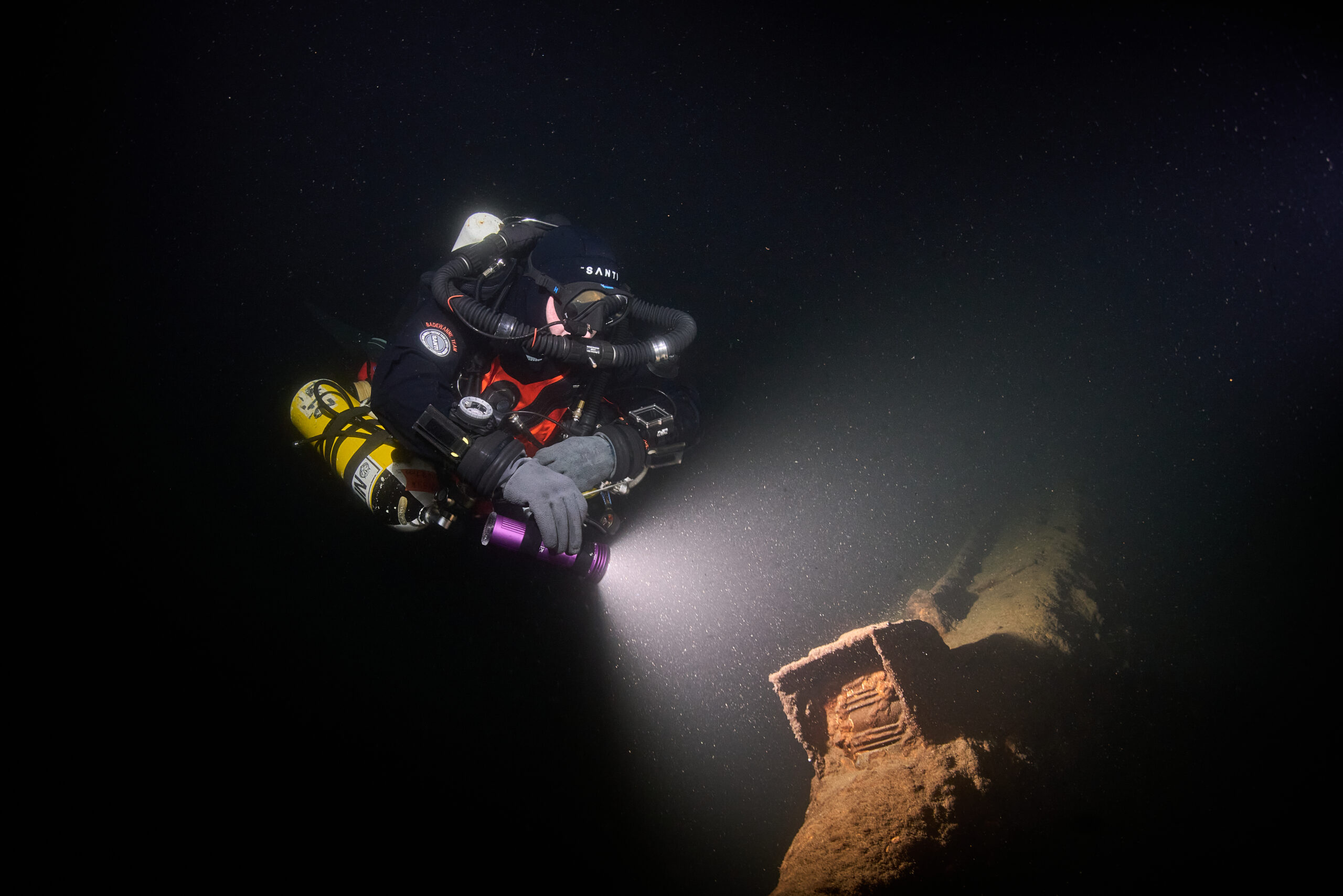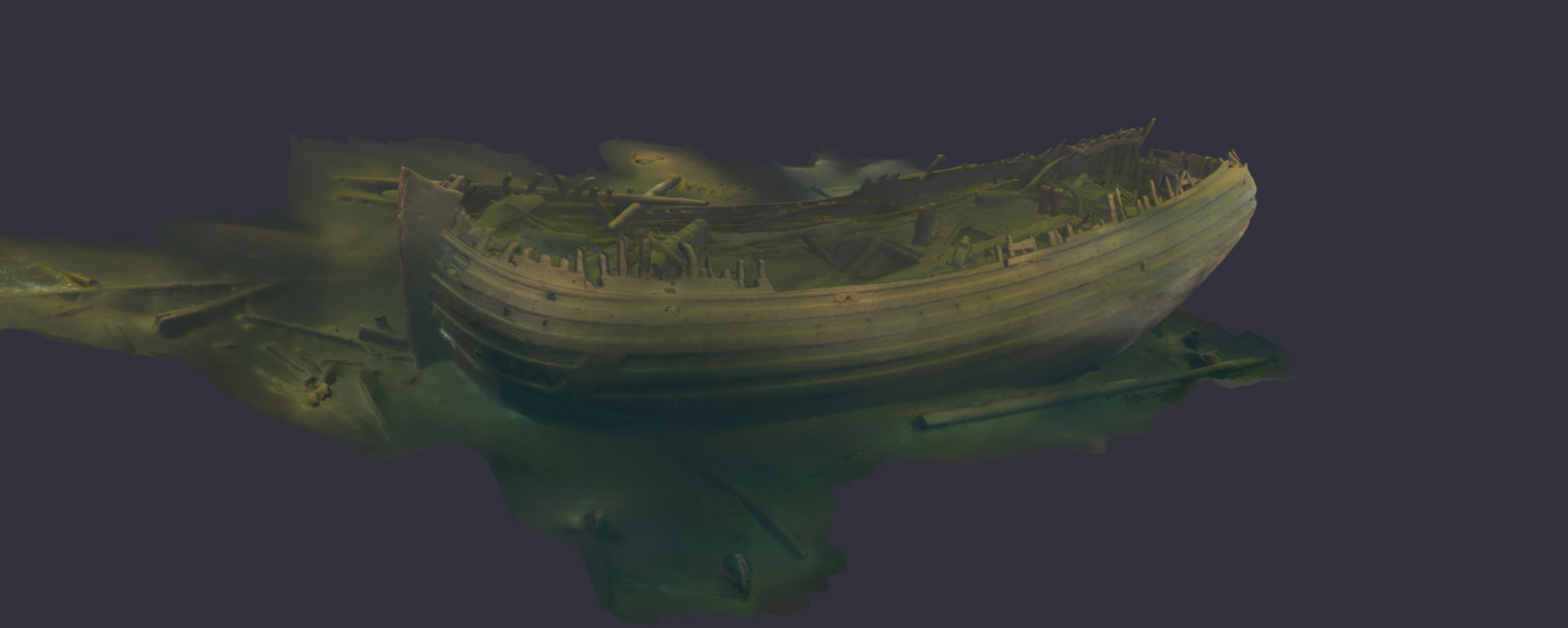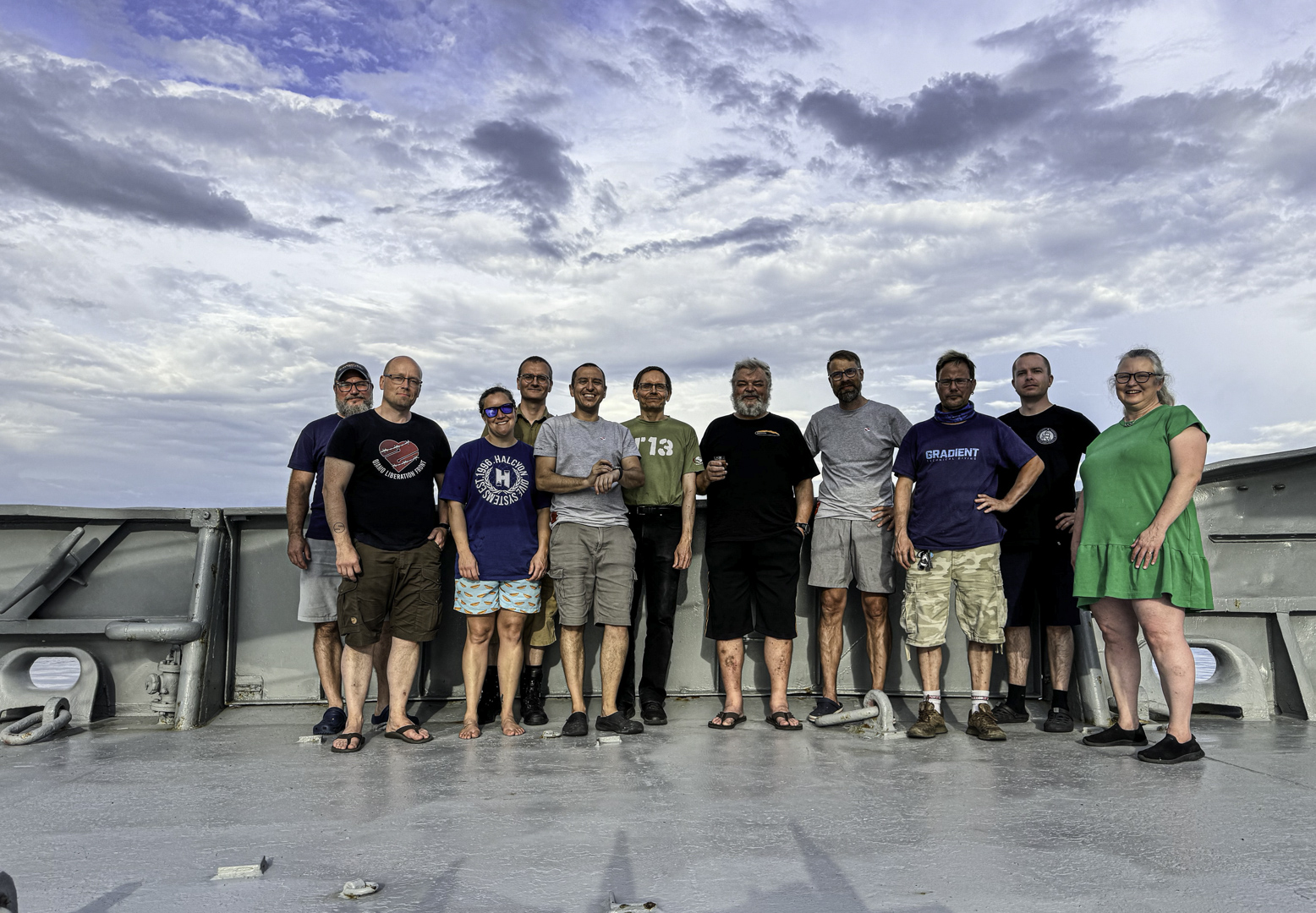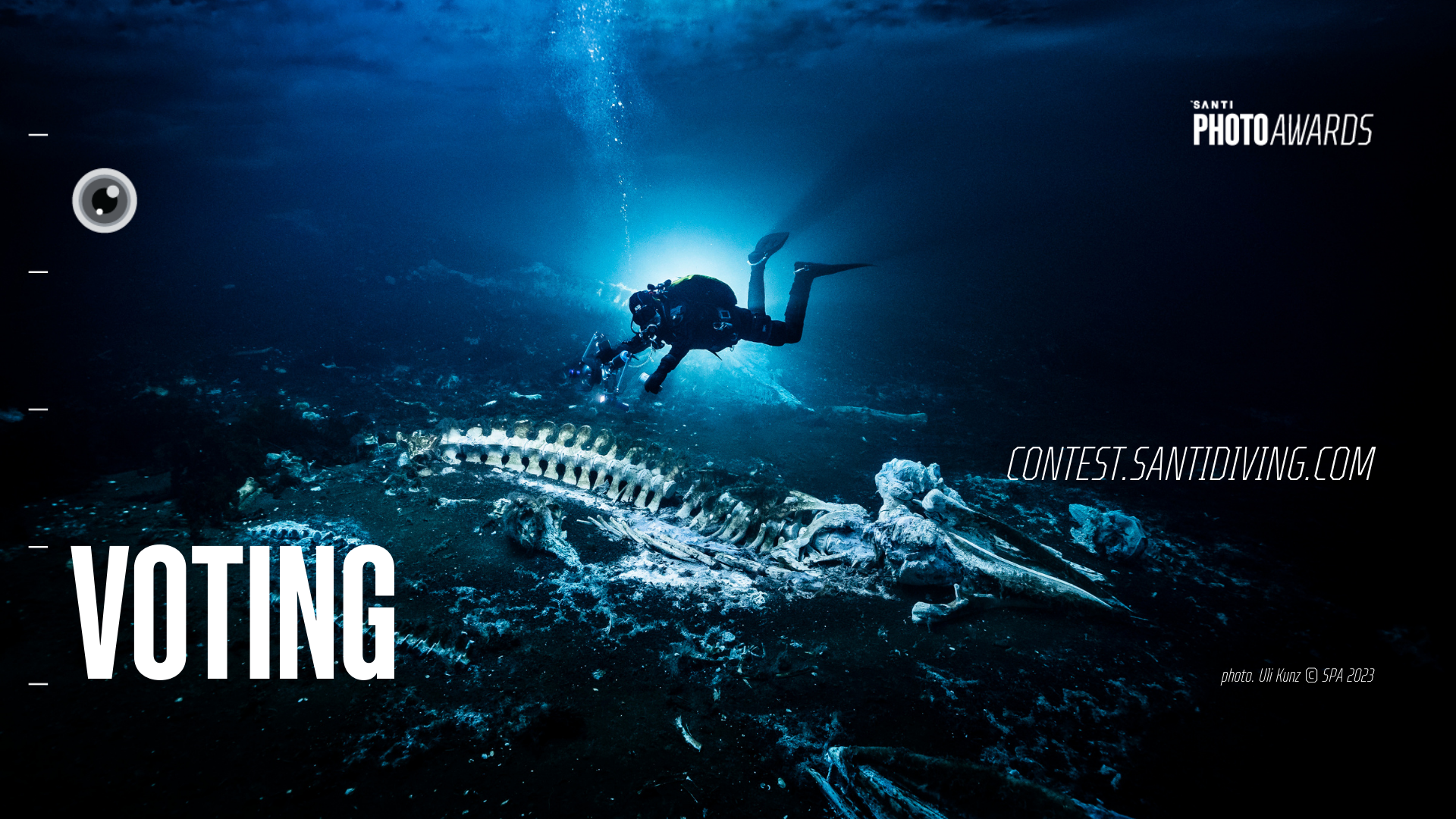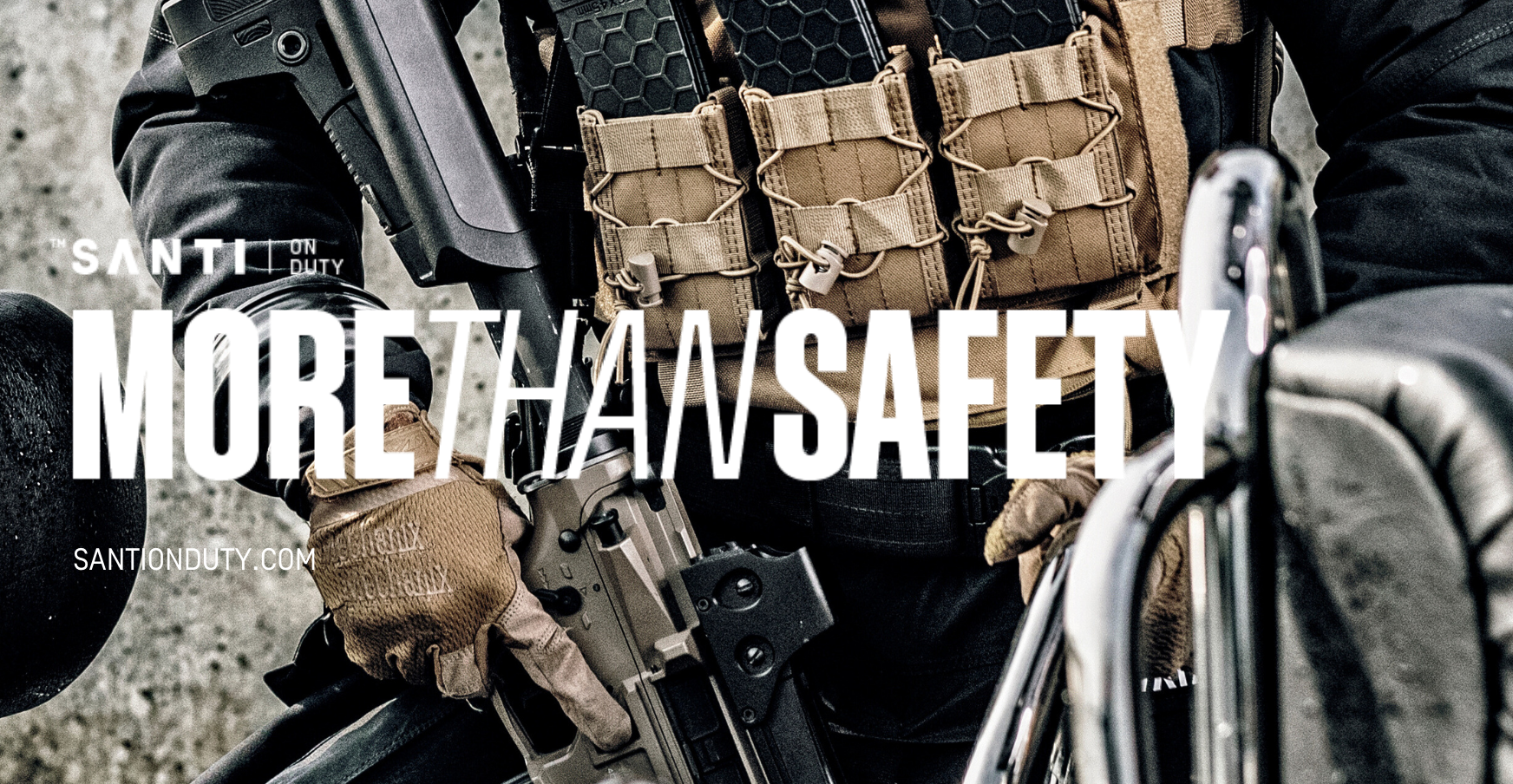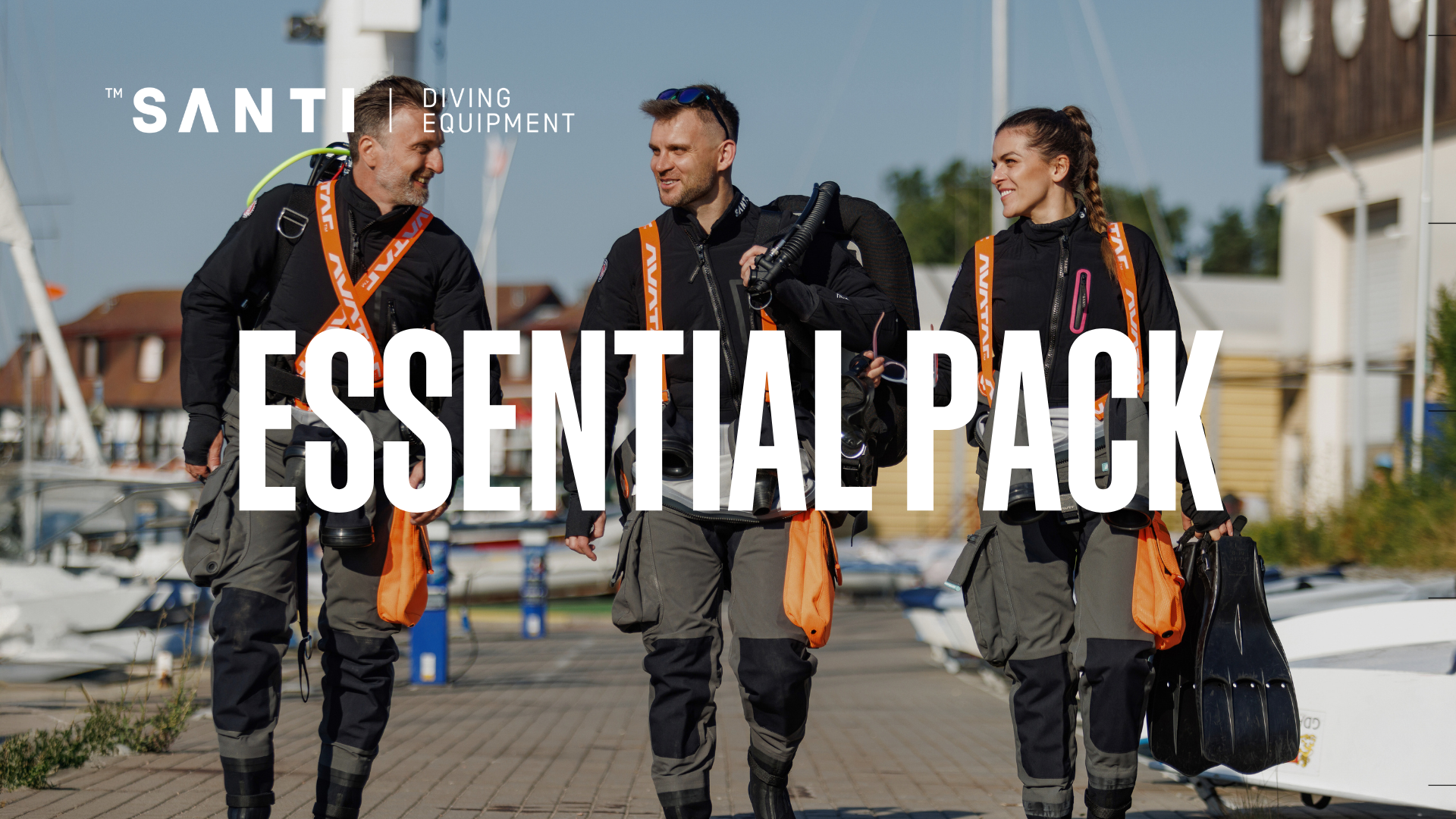Badewanne is a non-profit organization representing a group of divers that have been documenting shipwrecks for more than 25 years. We are a multi-talented team with a broad skill set on marine archaeology, wreck exploration, underwater video and still photography, photogrammetry and 3D modelling, marine biology and engineering. The focus area of the team is the Gulf of Finland (also known as “Badewanne” i.e. bathtub during the WWII).
We are working in close collaboration with the Estonian and Finnish Heritage Boards, Military Museum of Finland, as well as with researchers in many countries. We respect all wrecks that we are documenting as valuable cultural heritage and graves of those sailors and soldiers who once faced their fate while at the sea.
The Gulf of Finland is one of the most interesting areas for the wreck explorers. Unmapped rocky waterways in the era of sailing ships, fierce naval battles and more than 80.000 mines laid during the First and Second World Wars have all left their marks to the history of Gulf of Finland, creating an underwater time capsule that tells its story of the past.
Badewanne operates all year round, from early spring to late autumn. Our boats are at sea whenever there is weather for diving. During the cold winter months, we are diving in the archives looking for the missing pieces of the stories behind the wrecks. However, the highlight of the year for Badewanne divers is the Summer Camp.
Badewanne Summer Camp 2024 took place in Tallinn, Estonia. We aimed to dive 6-8 wrecks during the 10-day camp. The purpose was to document wrecks of the Porkkala (Finland) – Naissaar (Estonia) minefields laid during the WWII. Logistics of such an effort is huge. We hauled one boat, three vans and three cars, all loaded to the top, from Finland to Estonia. Our home during the camp was an old American Cost Guard buoy tender vessel USCGC Bittersweet launched in 1943, given to Estonian Cost Guard in 1997 and renamed as Valvas. It was in duty until July 2014 and is now serving as a museum attraction in the Estonia Maritime Museum harbor open air museum.
The camp had a promising start. In the first day, we dived German destroyer Z36, which lies at about 70 meters depth. Z36 is one of the two German type 36 B mob -type destroyers (Zerstörer) sunk in the Porkkala-Naissaar minefield during the unsuccessful Operation NIL. Operation NIL was a German Kriegsmarine operation in December 1944 to reinforce earlier laid minefields west from Naissaar to prevent Soviet surface fleet breaking out to the Western Baltic Sea. Two out of three destroyers participating to the operation, Z35 and Z36, sank to the previously German laid Nilhorn II minefield due to bad weather and navigation errors. The third destroyer Z43 and two smaller destroyers, in German classification torpedo boats, T23 and T28 avoided the mines but could not save survivors of Z35 and Z36. All together 550 soldiers were lost in the operation. 67 survivors were found from the Finnish coast amongst 201 deceased. It was mid-December, and the water was freezing cold.
These heavily armed vessels are stunning dive sites. The cold and dark waters of the Gulf of Finland preserve the wrecks well and very little bio crust appear on the surfaces. Therefore, all the weapons, mechanisms and structures can be seen to the smallest detail. In this wreck, like in so many others in this region, divers can find deterioration caused by trawling.
As it often goes, the promising start was followed by many windy days and no access to the dive sites in the middle of the sea. For windy days, however, we had many interesting wreck sites off Tallinn closer to the shore. Tallinn is a medieval Hansaetic League city previously known as Reval and the history dates to 13th century. This history guarantees a rich marine archaeology environment. We dived a very interesting 16th century wreck of a cargo ship called Nargen and a 17th century fluit, with a working name Nimetu-45 (Nameless-45), both full of beautiful details. We also dived a Russian ice breaker “Pjotr Veliki” that sank in July 1917 due to hitting a mine while towing English submarine C32 to Tallinn. The wreck is covered all over by fishing trawl. Ghost nets are a serious problem also in these waters.
Finally, weather window allowed us to dive the original targets, Porkkala-Naissaar wrecks. We dived Russian Shchuka-class submarines, sunk very close to each other during Soviet submarine offensive in 1942: Shch-311 “Kumzha” and Shch-306 “Pixha”. “Kumzha” was sunk Oct. 14th, 1942, by Finnish aeroplane, a war prize soviet build SB-2 bomber, operated by maritime patrol squadron #6. “Pixha” was lost to a mine in Oct. Badewanne had previously dived the third Schuka-class submarine Shch-304 “Komsomolets” closer to Porkkala and Finnish coast. Diving Sch-306 “Pixha” concluded diving all Schuka-class boats in the Porkkala-Naissaar mine barrage area for Badewanne.
In the Summer Camp 2024 we had two diving vessels. The collaboration with Estonia Maritime Museum granted us access to the excellent diving vessel Lood with its wonderful crew led by Ivar Treffner. The other vessel was our commonly used Nereid with Badewanne team leader Jouni Polkko as the Captain. July days were hot on the surface while down the bottom divers needed extra heating by Santi heated vests and undersuits. When the diving gear functions as they should, the diving is also very much fun even in extreme environments.
The authors of this article: Tommi Toivonen, Mikko Koskinen
Discover more about the expedtitions and projects of Badawanne Team www.badewanne.fi
Follow Badewanne on Facebook and Instagram.

